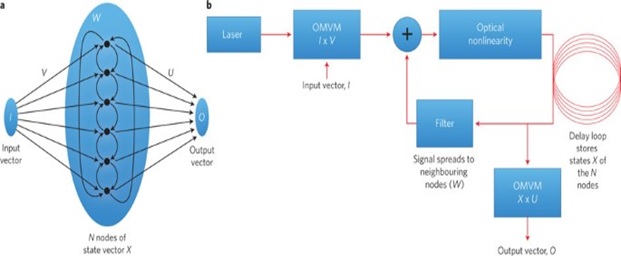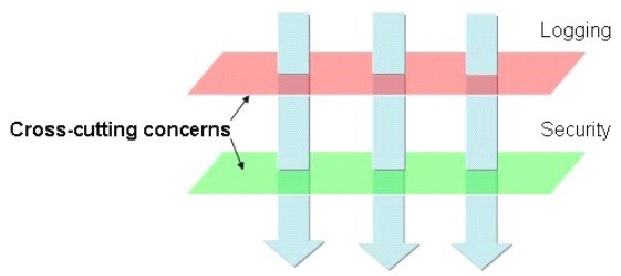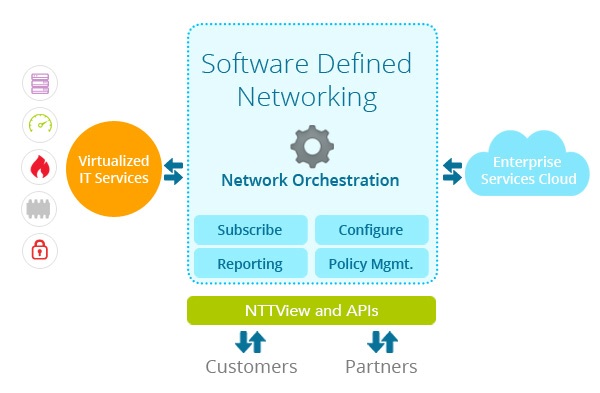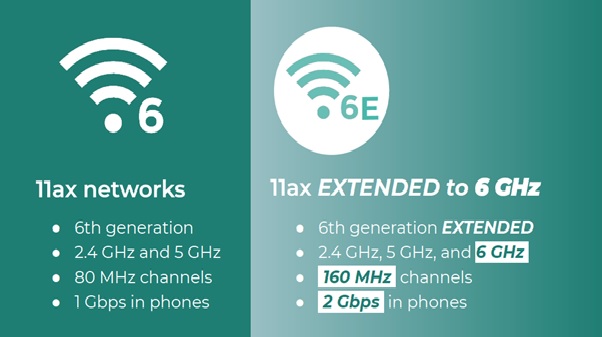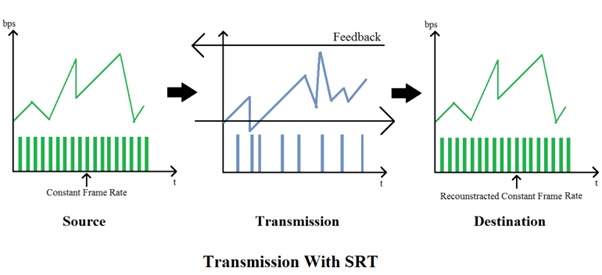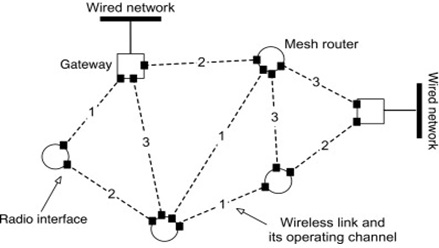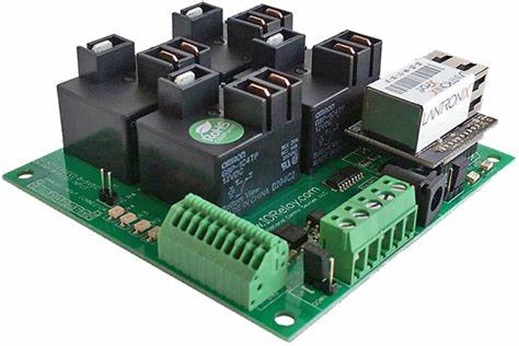Network Interconnect
An interconnect (generally speaking) is a physical or logical connection between two electronic devices or networks. Expressed as a verb, to interconnect is to establish a connection between two separate electronic networks. In the United States, the term “interconnection” is identified as "the linking of two or more networks for the mutual exchange of traffic” by Title 47 of the Code of Federal Regulations.[1]
After the Communications Act of 1934 (which is known for, among other things, replacing the Federal Radio Commission with the Federal Communications Commission), the Bell System established a monopoly over telephone networks. The monopoly remained for several years, but was interrupted by numerous landmark court cases involving third-party devices that served as connections or extensions to telephones. [1]

Figure 1. Network interconnectivity model
Figure 1 shows interconnection networks provide connections between the different components of the interconnection mechanism. The network has processing elements or nodes, or PEs, that are at one end of the network and memory elements or nodes, or MEs, at the other end. The PEs and MEs are connected by switching elements, or SEs, that are optional. Think of a garden hose with a sprinkler attached to one end. Sometimes the hose has an adapter or a switch that allows for different kinds of sprinklers and for connecting other hoses.
Interconnection networks, also called multi-stage interconnection networks (or MINs), are high-speed computer networks. They're connections between nodes where each node can be a single processor or a group of processors or memory modules. These connections carry or transport data from one processor to another or from the processor to the memory so that the task is broken down and computed in parallel. So, for example, you can have one network that's connected to a group of processors or computers at one end and a memory pool at the other end. The pattern in which the nodes are connected to each other is known as topology. The two main types of topology are static and dynamic [2].
Interconnection Network Benefits
Networking was first made use of in the 1950s in telecommunications to connect phone calls through switchboards that switched between electric connections or switches to make the connections. In the computing world, networking provides a method for fast communication between multiple processors of a computer and between multiple computers connected to a network.
The idea behind interconnection networks is that when a computing task involving large amounts of data cannot be sufficiently handled by a single processor, the task is broken up into parallel tasks that are performed at the same time, so the processing time is vastly reduced. Efficient interconnection networks are critical for high-speed data transfer between the different elements in parallel processing. [2]
Interconnection
This interconnection allows businesses to optimise the sharing of data and resources from multiple sources, including processing power, storage, and data archives. Interconnection provides low latency, high availability connections that enable companies to reliably transfer data between these assets.
- Dedicated or direct interconnect provides a physical connection between assets, maximising the security and performance of the network while increasing cost.
- Virtual interconnection is more cost effective and faster to deploy but typically doesn’t offer the same level of performance and security as it may combine multiple underlying network infrastructures.[3]
References:
- https://www.techopedia.com/definition/2220/interconnect
- https://study.com/academy/lesson/interconnection-networks-role-types.html
- https://blog.consoleconnect.com/what-is-interconnection-and-why-is-it-so-important-to-enterprises
Cite this article:
Thanusri swetha J (2021), Network Interconnect, AnaTechMaz, pp. 16


